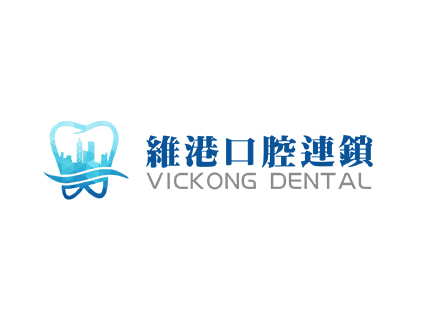The Future of Dental Implants Revolutionary Techniques for a Brighter and Healthier Smile Without Compromise
Summary: The future of dental implants promises to transform dental care with revolutionary techniques designed to enhance our smiles without compromise. These advancements prioritize patient comfort, aesthetic appeal, and long-term sustainability. This article will explore the latest innovations in implant materials, minimally invasive procedures, and cutting-edge technology that make dental implants more accessible and effective than ever before. Additionally, we will discuss how these revolutionary techniques are paving the way for a brighter and healthier future in dental health, ultimately improving both functionality and appearance. By examining these four areas, we aim to provide a comprehensive understanding of how dental implants continue to evolve, offering patients newfound hope and confidence in their oral health.
1. Advanced Materials in Implant Technology

One of the most significant changes in dental implants is the development of advanced materials. Historically, titanium has been the gold standard, but new biocompatible materials, such as zirconia, are becoming increasingly popular. Zirconia implants offer a natural tooth-like appearance and can be advantageous for those with metal sensitivities.
These materials not only improve aesthetic outcomes by providing a color that closely resembles natural teeth, but they also promote higher success rates. Results indicate that new ceramic materials can enhance osseointegration—the process where the implant fuses with the underlying bone—thereby ensuring greater stability and longevity.
As research continues, we can expect even more innovative materials to emerge, focusing on enhancing both the mechanical properties and biocompatibility. This shift in implant composition enables personalized treatment options that consider patients unique anatomical conditions and preferences, ultimately reducing complications.
2. Minimally Invasive Procedures for Comfort
Another critical development in dental implants is the practice of minimally invasive implantation techniques. Traditional methods often required significant surgical procedures, leading to extended recovery times and discomfort. However, contemporary techniques such as computer-guided surgery and flapless implant placement are changing this narrative.
With computer-aided design, dentists can create precise surgical guides, allowing for accurate placement with minimal soft tissue disruption. This leads to less trauma during the surgery and hastens recovery time, enabling patients to return to their daily activities sooner.
Furthermore, these minimally invasive approaches result in less post-operative pain and fewer complications, making the experience more appealing for patients who may have previously hesitated due to fear of invasive surgery. With each advancement, the emphasis on comfort and efficiency in dental care strengthens the relationship between healthcare providers and their patients.
3. Cutting-Edge Technology Enhancing Implants
Modern technology plays a pivotal role in revolutionizing dental implants, particularly with the introduction of digital dentistry. Innovations such as 3D printing and intraoral scanning enhance the design and delivery of dental implants. 3D printed implants can be customized according to the individual patient’s anatomy, ensuring a better fit and improved outcomes.
Intraoral scanners allow for digital impressions that are often more accurate than traditional methods. This accuracy leads to enhanced precision in implant placement, reducing the likelihood of complications and improving patient satisfaction.
Moreover, augmented reality (AR) and virtual reality (VR) are being explored for educational and procedural enhancements as well. These technologies allow dentists to practice complex procedures in a virtual environment, honing their skills and increasing their confidence when working on actual patients.
4. Personalized Treatment Approaches for Patients
Personalization is at the heart of contemporary dental implants. Advancements are paving the way for treatment plans that cater to individual patient needs. This patient-centered approach not only considers aesthetics but also factors like bone density, oral health conditions, and personal preferences regarding materials.
By performing thorough evaluations and using advanced imaging techniques, dental professionals can design tailored implant solutions. Advanced diagnostics enable them to predict outcomes effectively and formulate a strategy that caters specifically to each patient, ensuring optimal results.
Additionally, as awareness about oral health continues to grow, patients are increasingly seeking out options that align with their lifestyles and values. This demand for personalized care propels the industry to offer diverse choices, thus redefining what it means to have a healthy smile.
Summary:
In conclusion, the future of dental implants is shaped by revolutionary techniques that promise a more patient-centric approach, focusing on advanced materials, minimally invasive options, cutting-edge technology, and personalized care. These innovations not only enhance the functionality of dental implants but also ensure a brighter, healthier smile without compromise. As these methods become more readily available, they enhance the overall dental experience, building patient confidence and satisfaction.
This article is compiled by Vickong Dental and the content is for reference only.


